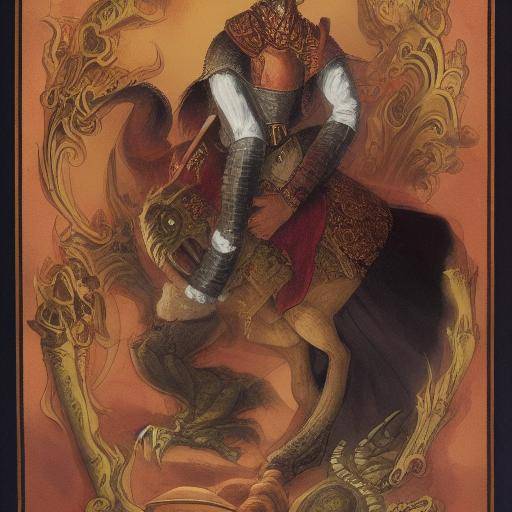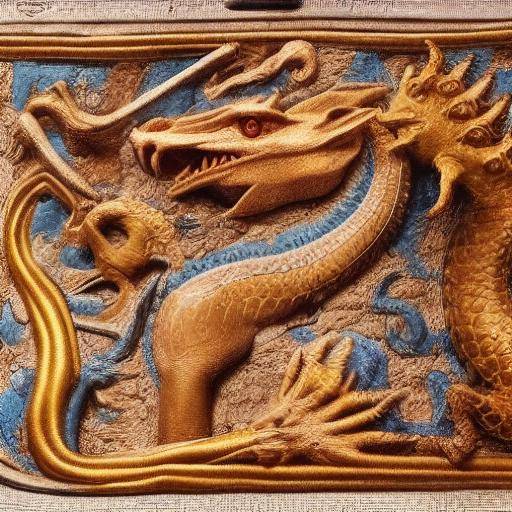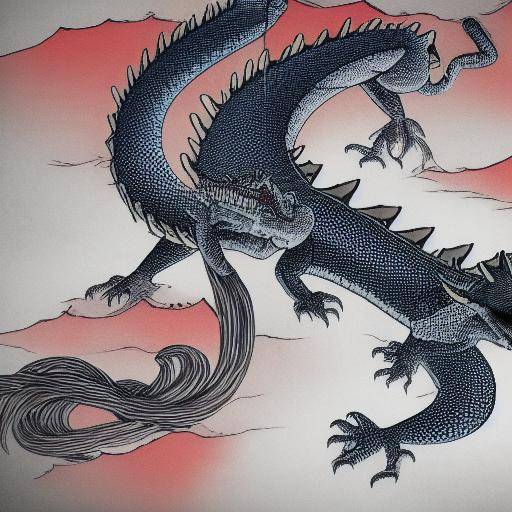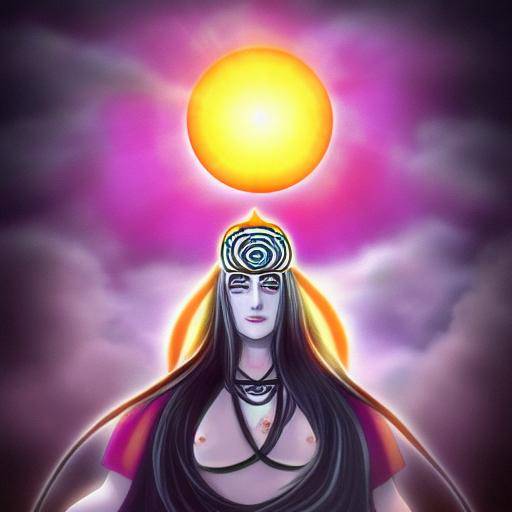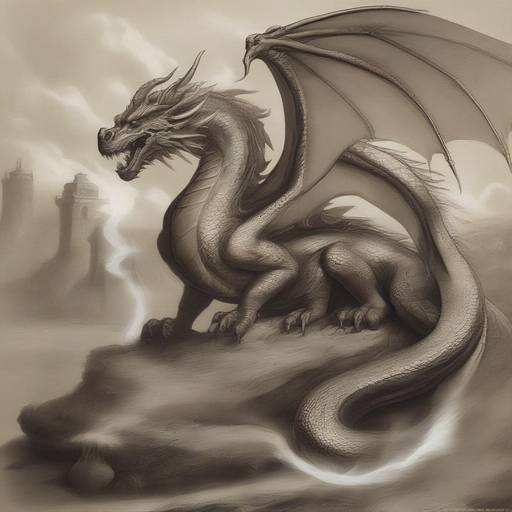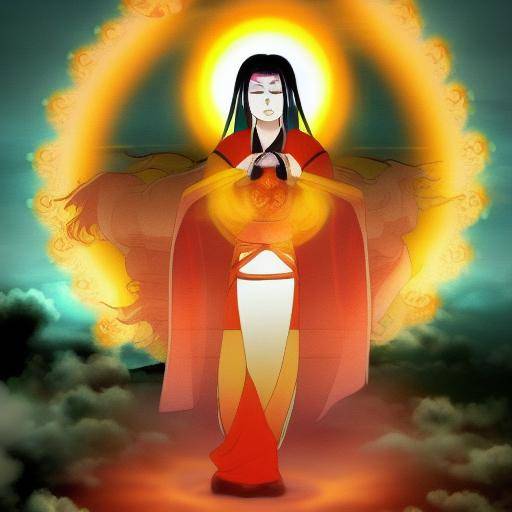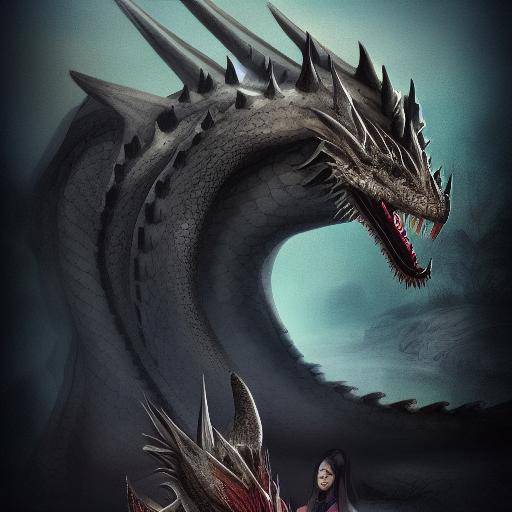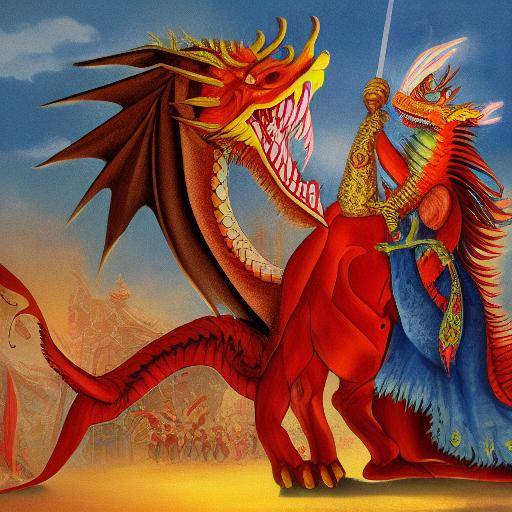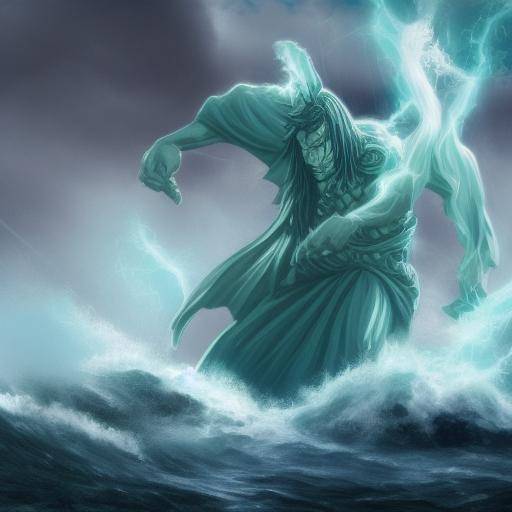
In Japanese mythology, Susanoo is known as the god of storms and the sea. His story is full of intrigues, surprising twists and a relevance that transcends the pages of the ancient texts. In this article, we will explore the fascinating trajectory of Susanoo, her role in Japanese mythology, and her influence on contemporary culture. From its origins to its meaning in today's society, we will discover the most relevant aspects of this enigmatic god.
Introduction
The figure of Susanoo, the god of storms and the sea, has captivated the imagination of many generations over the centuries. His powerful presence in Japanese mythology makes him a character worthy of study and reflection. In this article, we will explore in detail its origins, its exploits, and the legacy it has left in Japanese culture. From her confrontation with Amaterasu to her role in the creation of the world, Susanoo has left an indelible mark on mythology and contemporary reality.
History and Origins of Susanoo
Susanoo, whose name means "the lord of the storm," is one of the most prominent gods in Japanese mythology. According to ancient legends, Susanoo is the brother of Amaterasu, the goddess of the sun, and of Tsukuyomi, the god of the moon. Their exploits and adventures are recorded in sacred texts and folkloric stories that have passed from generation to generation.
Legends say that Susanoo starred at several remarkable feats, from challenging her sister Amaterasu to face fierce sea dragons. His personality, often impetuous and rebellious, led him to commit heroic acts and, at times, to fall into divine misfortune. As we explore their actions and motivations, we can better understand their position within mythology and their influence on Japanese culture.
Detailed Analysis
Susanoo's relevance in Japanese mythology goes beyond simple fantastic stories. His role as a powerful and multifaceted god has influenced the worldview and traditions of the Japanese people. When we examine their struggles and triumphs, we discover that their actions have had a significant impact on Japan's history and culture.
In addition, we can analyze the symbolism associated with Susanoo and its relation to natural elements, in particular with storms and the sea. Its influence on the perception and understanding of natural phenomena gives us a unique vision of Japanese mythology and its connection to the land and surrounding environment.
Comparative analysis
By comparing Susanoo to other Japanese mythology characters such as Amaterasu and Tsukuyomi, we can discover fascinating relationships and contrasts. The interaction between these gods reveals key aspects of Japanese mythology and how these divine figures intertwine and complement each other. Exploring the similarities and differences between these characters gives us a deeper perspective on Susanoo and her role in Japanese mythology.
Practical Tips
If you are looking to understand Japanese mythology and its influence on contemporary culture, exploring the figure of Susanoo is a fundamental step. His stories and interpretations have inspired literary, artistic and audiovisual works over time. By immersed in its history and meaning, you can appreciate the wealth and complexity of Japanese mythology in all its magnitude.
Conclusions and FAQs
In conclusion, Susanoo, the god of storms and the sea, remains an emblematic figure in Japanese mythology. Its legacy persists in popular culture and its influence extends beyond ancient accounts, manifesting itself in various forms of contemporary art and expression.
Here are some frequent questions related to Susanoo:
Who was Susanoo in Japanese mythology?
Susanoo is an important god in Japanese mythology, known as the god of storms and the sea. He is the brother of the sun goddess, Amaterasu, and the moon god, Tsukuyomi. His heroic feats and rebellious personality make him a fascinating figure within Japanese mythology.
What is Susanoo's most famous story?
One of the most famous stories of Susanoo is her confrontation with Yamata no Orochi, a dreadful eight-head dragon that terrorized people. Susanoo managed to defeat the beast and discover the divine sword Kusanagi in his body, making it one of Japan's Sacred Treasures.
How does Susanoo relate to the natural world?
Susanoo is associated with storms and the sea, which reflects her connection to natural elements in Japanese mythology. Their role in the control of storms and their confrontation with marine dragons highlight their influence on the perception of natural phenomena in Japanese culture.
What impact did Susanoo have on contemporary culture?
The figure of Susanoo continues to inspire various forms of artistic and cultural expression in Japan and beyond. Its influence is reflected in literature, art, video games and other contemporary manifestations, demonstrating its lasting relevance in popular culture.
What is the importance of Susanoo in Japanese mythology?
Susanoo plays a fundamental role in Japanese mythology, contributing to the understanding of the cosmovision and beliefs of the Japanese people. His relevance as a multifaceted god and his heroic feats make him a lasting symbol in Japanese mythology and culture.
Where can I find more information about Susanoo?
For more detailed information about Susanoo and her role in Japanese mythology, it is recommended to consult reliable sources such as books specializing in Japanese mythology, academic websites and museums with collections related to Japanese culture.
With the understanding of these key aspects, we can appreciate the profound influence of Susanoo on Japanese mythology and her legacy in contemporary society.



